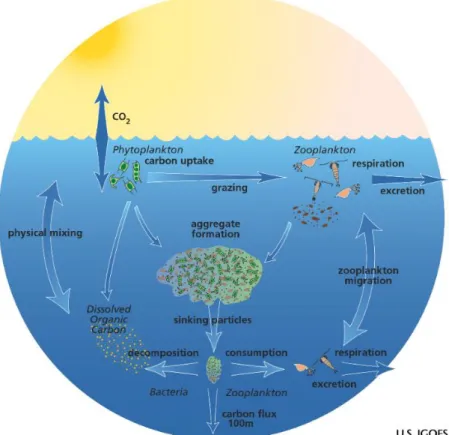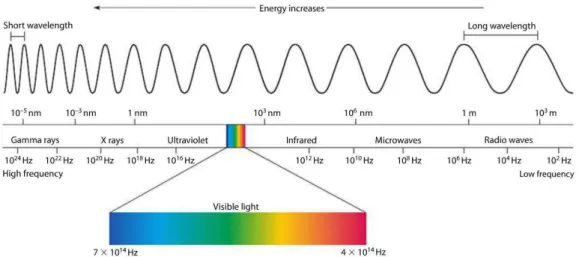Patterns of phytoplankton and primary production variability in the Mediterranean Sea based on remote sensing data
Texto completo
Figure




Documento similar
Here, we present the dual sensing and actuation performance of artificial muscles based on a conducting polymer and carbon nanotubes composite operated with triangular potential
The content of this dissertation comprises the design of two arc-discharge plasma (ADP) reactors (a conventional and a modified one); the experimental study of the different
The main SM background contributions to the SR data samples are from Z/W +jets production and they are estimated from data by selecting events based on a set of selection requirements
One conceptual illustration of the remote control unit for service robot applications is given in figure 2, partially based on a conceptual description of automotive control
The four established EO groups of concepts focus on the physical properties of optical and microwave remote sensing (WG4), remote sensing sensors and platforms, as well as
New sensing platforms based on screen-printed carbon electrodes modified with composites based on polystyrene sulfonate and oxidized multi-walled carbon
Using ground-based data, meteorological observations, and atmospheric environmental monitoring data, a comparative analysis of the microphysical and optical properties, and
Results show that a sustainable biorefinery, based on the valorization of food- industry wastes using Rhodosporidium toruloides Y-27012, for the production of





